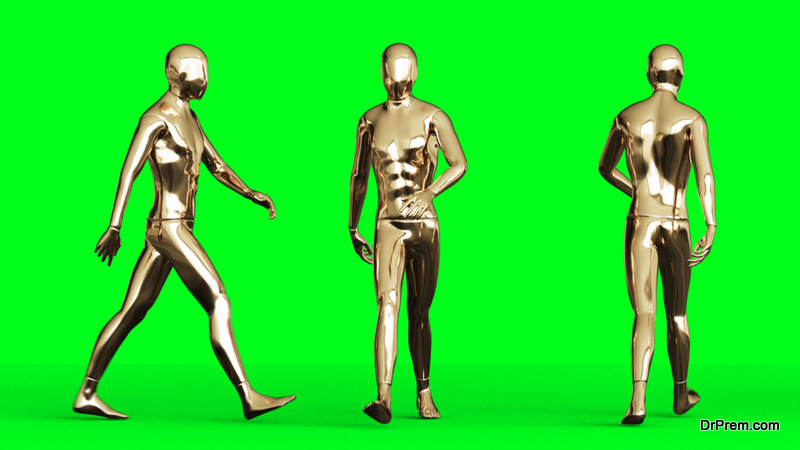The creation of still or animated visual content using computer software (CGI animation), has helped bring scenes to life for years. The term refers to the 3D computer graphics used to create characters, scenes, and special effects in film, television, and video games. The first feature film to make use of CGI was Westworld in 1973, paving the way for the design of other groundbreaking movies, including Titanic, Jurassic Park, and Avatar.
And while animation has come on leaps and bounds since it was first used, animators still struggle to master certain aspects. An animation which feels awkward or unnatural to watch could potentially ruin the overall look of a creative piece and turn viewers off altogether. With that in mind, here we look at some of the most challenging things for animators to design.
1. Liquids

Liquids are one of the most difficult things to animate, as the designers must consider texture, movement, and how it reacts with other objects. For instance, an animated ocean requires an understanding of form, colour, and light, and knowing how these elements work together to create realistic water. One example of an animator nailing liquid animation is this advertisement for Chivas Whisky, designed to launch a new NBA season. The commercial shows a glass of the whiskey with liquid sloshing and splashing, and was designed by animation studio Frantic using “motion graphics end frames”, alongside lighting effects and slow motion.
Meanwhile, animators for TV series Archer were faced with a unique challenge of creating an entire animated ocean, which the show’s animator director Megan Johnson told Vulture “was the hardest scene [we] had to do —and it’s deceptive, it doesn’t seem that difficult.” The challenge required getting the liquid to move in the right ways to create ripples and lapping waves on the shore. Johnson elaborated on the difficulties: “We didn’t know any way to do it. We didn’t know any way to get the depth we needed to have it look like the water was above the sand.”
2. Dance
While it’s relatively easy to animate characters walking or running, dancing is another story. This is because the movements need to replicate the full fluidity of how a human body moves, otherwise it looks unrealistic. In these scenarios, an animator assumes the role of a choreographer, creating a sense of shape, rhythm, timing and syncopation. These combine in animation, as in real-life dance, to help movements flow, and if a scene requires multiple dancers, they should all be in harmony with each other, with their limbs moving realistically.
Aaron Long, animator for BoJack Horseman, also spoke to Vulture about an episode featuring a dressage scene, noting that “realistic dancing is always a challenge…it’s the kind of idea that’s easy to write but hard to visualize.” Long went on to say that the scene required a great deal of planning, as the movements not only needed to make sense as choreography, but also look as realistic as possible when executed by an anthropomorphic horse.
3. Bodies

When it comes to designing characters, the animator has to make sure that every element, no matter how small, looks believable, from size and movement, to facial expressions, breathing and personalities. When done right, for example, breathing helps to portray emotion and give characters a sense of realness, but there are few animation techniques out there that make this possible. Breathing comes in many different forms, and has to relate to the character’s actions, requiring subtle yet complex deformations of the human body. Considering all the miniscule movements humans unconsciously make every day, it’s no wonder that animated characters take so much time to create.
While some designers create loops for walking and running, which are easy to design, these are not always realistic or appropriate for the film in question. Even though humans do repeat movements, it’s never done identically — arms could sway in different ways, and clothing and shoes can also impact these movements. Animators must consider timing, balance, gravity, and physics, with Pixar’s recent film Soul offering a case in point. The core characters came from using simple lines, however, actually animating them was incredibly complex. The film’s animation supervisor Bobby Podesta told Cinema Blend that the collaboration with their technical team was done “in a way that makes their heads spin, that works in a 3D space with this membrane that disappears and appears as it crosses shapes.”
4. Fight scenes
In a similar vein to mastering the movements of the human body, fight scenes add extra challenges for animators. Not only are they difficult to write and create, but every action has to be thoroughly planned in order for the sequence to make sense, requiring knowledge of combat and weaponry, as well as gravity, shadow and light.
It isn’t just the characters in combat which are important to a fight scene — backgrounds are just as crucial to get right. Say one of the fighters falls down, knocking into a bin or railing at fast speed? These objects will have to move as well, in order to prevent the scene from looking unrealistic. This also needs to be done with timing at the forefront of an animator’s mind. After all, if there’s a significant delay in one character’s reaction to their opponent, the scene won’t be believable.
Article Submitted By Community Writer




